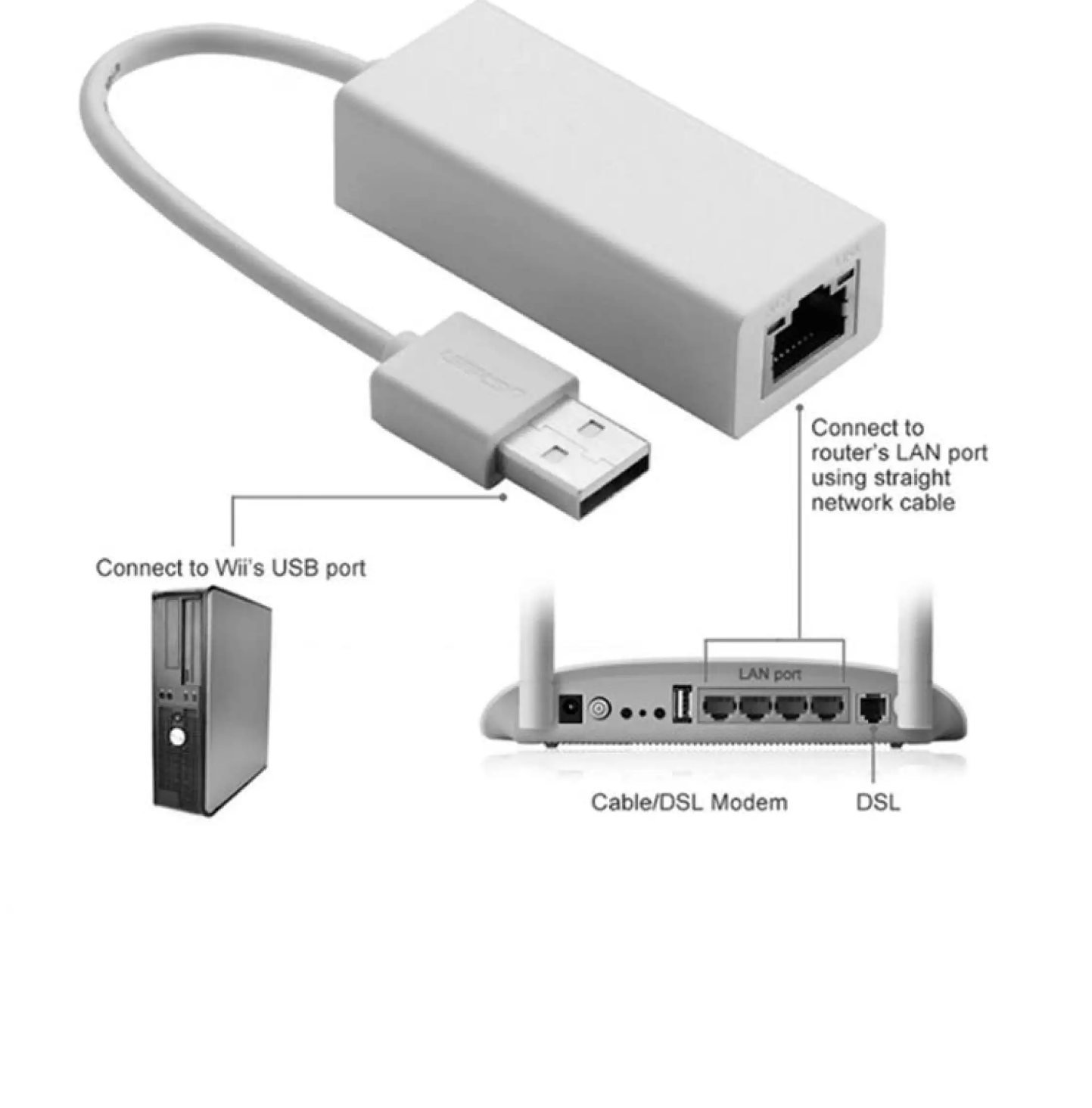

- #Usb 2.0 ethernet adapter setup for mac how to
- #Usb 2.0 ethernet adapter setup for mac install
- #Usb 2.0 ethernet adapter setup for mac zip file
If your adapter is from another manufacturer, we would suggest to reach out to that company directly for support.) (Please note, these drivers and instructions are intended only for our Plugable manufactured adapters. Please feel free to reach out to us directly via our contact email below, or post in the comments section with any questions or concerns you may have.

We are leaving the original post below as it is for posterity, and recommend using the final driver set below for our USB3-E1000, and USBC-E1000 adapters. After thorough vetting and testing in coordination with ASIX, we have updated our download links to this 2.16.0 final release build from the previous 2.15.0 and 2.15.0-Beta 1 builds both on this blog post and our driver page for affected devices. In addition, you will be able to share internet using the RD9700 too.**UPDATE 2: ASIX has provided a final release driver for use with macOS 10.15.3 (Catalina) only due to updated notarization requirements from Apple as of February 2, 2020.

Step 12: Disconnect from WiFi and you should notice your network connect still works through the RD9700 Ethernet Adapter. Step 11: Press the + button in the bottom right and select USB 2.0 10/100M Ethernet Adapter and then click Add. Open System Preferences and go to Network. Step 10: Now plug-in your USB Ethernet Adapter with a live ethernet cable. Step 8: Once your Mac has rebooted, open Terminal and enter the following then press the Enter key: sudo kextload /System/Library/Extensions/USBCDEthernet.kext.
#Usb 2.0 ethernet adapter setup for mac install
Step 7: Install the RD9700 driver located in the x86_64 folder and then restart your Mac again.
#Usb 2.0 ethernet adapter setup for mac zip file
Click here to download the zip file and extract it to your Desktop. Step 6: Your Mac should now restart back in to the normal operating mode. Step 5: Now from the top bar, click the Apple Logo and then Restart. You may be prompted for your Administrator password. Step 4: In the terminal window, you need to type the follow and then hit enter: csrutil disable. Step 3: From the top bar, select Utilities and then Terminal. You can release CMD + R once you see the Apple logo and a progress bar. Hold down CMD + R immediately after hearing the chime to boot in to Recovery Mode. As soon as your machine restarts, you’ll hear the Apple chime. Step 2: Restart your Mac by clicking the Apple logo in the top-left corner and then Restart. This tutorial was tested with the following USB Ethernet Adapter: Depending on what you’ve tried – this will vary from user to use – so please to make sure you uninstall and earlier drivers that may conflict with this tutorial. You’ll need to start by uninstalling any drivers you have previously installed.
#Usb 2.0 ethernet adapter setup for mac how to
How to install drivers for the RD9700 on Mac OS X Though it’s a little long it has been tested and confirmed working on all flavours of OS X from 10.4 onwards!

Unless you’re a pro user, it is likely Apple’s restrictions on USB-to-Ethernet adapters on the Mac will make using your RD9700 difficult. Since it’s generic, and made in China – the support you are likely to receive after purchasing it for a few quid on eBay or Amazon is going to be below your expectations. The generic USB Ethernet Adapter equivalent to Apple’s pricey £25 option is called the RD9700.


 0 kommentar(er)
0 kommentar(er)
